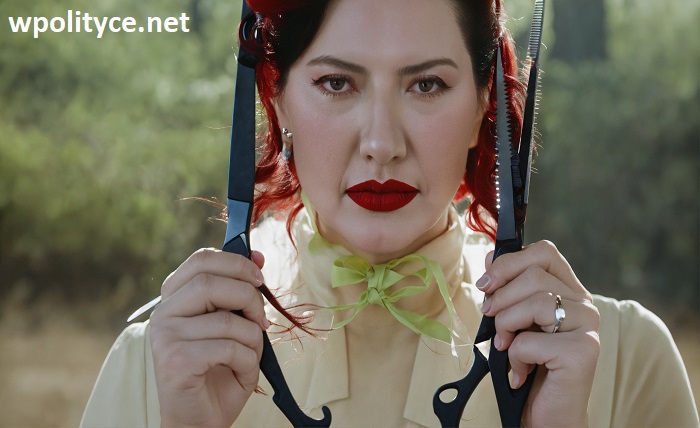The Chilling Lure: The Hook Killer Trope in Fiction

For decades, the image of a shadowy figure wielding a metal hook has sent shivers down spines and fueled campfire tales. The “hook killer” trope, though fictional, holds a strange power over our imaginations. But what makes this character so enduring and unsettling? Let’s delve into the dark alleys of fiction and dissect the anatomy of this chilling concept.
1. A Symbol of Brutality and Fear:
The hook itself holds significant symbolic weight. Unlike a gun or knife, it implies a close, personal form of violence. The image of the metal tearing through flesh is visceral and immediate, amplifying the fear factor. Additionally, the hook often represents societal outcasts, amputees, or figures shrouded in mystery, adding an unsettling layer of the unfamiliar.
2. The Allure of the Urban Legend:
The “hook killer” trope thrives on its connection to urban legends. Stories like the “Hookman” whisper through communities, evolving and adapting, blurring the lines between fiction and possibility. This creates a sense of unease, making it feel closer to reality, lurking just beyond the streetlights.
3. A Versatile Villain:
Unlike many horror archetypes, the “hook killer” isn’t confined to a single genre. It seamlessly traverses the spectrum from gritty crime thrillers to chilling supernatural tales. This adaptability allows the character to tap into diverse fears, keeping audiences on edge regardless of the setting.
4. More Than Just a Physical Weapon:
The hook can transcend its physical form, representing psychological manipulation and hidden agendas. Think of Captain Hook in “Peter Pan,” using his hook not just to harm but also to symbolize his obsession and desire for revenge. This adds depth and complexity to the archetype, making the villain more than just a mindless slasher.
5. A Reflection of Society’s Anxieties:
The “hook killer” often embodies the fears and anxieties of a particular era. For example, the rise of the “Hookman” legend coincided with growing fears about crime and societal breakdown. By examining the context in which these characters emerge, we gain insights into the collective anxieties that fuel their creation.
6. A Legacy of Unease:
From campfire stories to Hollywood blockbusters, the “hook killer” continues to captivate and disturb audiences. This enduring legacy speaks to the power of this symbol to tap into our primal fears and the dark corners of our imaginations.
Conclusion
The “hook killer” might be a fictional construct, but its impact is undeniable. By exploring its symbolism, versatility, and connection to societal anxieties, we gain a deeper understanding of the enduring power of fear and the chilling allure of the unknown. So the next time you hear a scraping sound in the night, remember – the “hook killer” might just be a reminder of the darkness that lurks within us all.
FAQ
- Q: Are there any real-life cases of “hook killers”?
A: While there may be isolated incidents involving hooks as murder weapons, the widespread urban legend and fictional trope of the “hook killer” is rarely rooted in reality. However, the fear it evokes often stems from genuine anxieties about violence and societal issues.
- Q: Why are people drawn to stories about “hook killers”?
A: Aside from the thrill of a good scare, these stories tap into several psychological factors. The close-up violence symbolized by the hook is visceral and unsettling. The link to urban legends adds a layer of believability, and the character’s versatility allows it to embody diverse fears and anxieties.
- Q: What are some famous examples of “hook killers” in fiction?
A: The list is extensive, but some well-known examples include Captain Hook from “Peter Pan,” Candyman from the film series of the same name, and Springheel Jack from British folklore. Many horror movies and video games also feature variations of the “hook killer” trope.
- Q: Does the “hook killer” always represent negativity?
A: Not necessarily. While often portrayed as villains, some interpretations delve into the character’s psychological motivations, adding complexity and raising questions about morality and perception. Additionally, characters like Peter Pan’s nemesis represent the thrill of adventure and defying authority, offering more nuanced interpretations.




